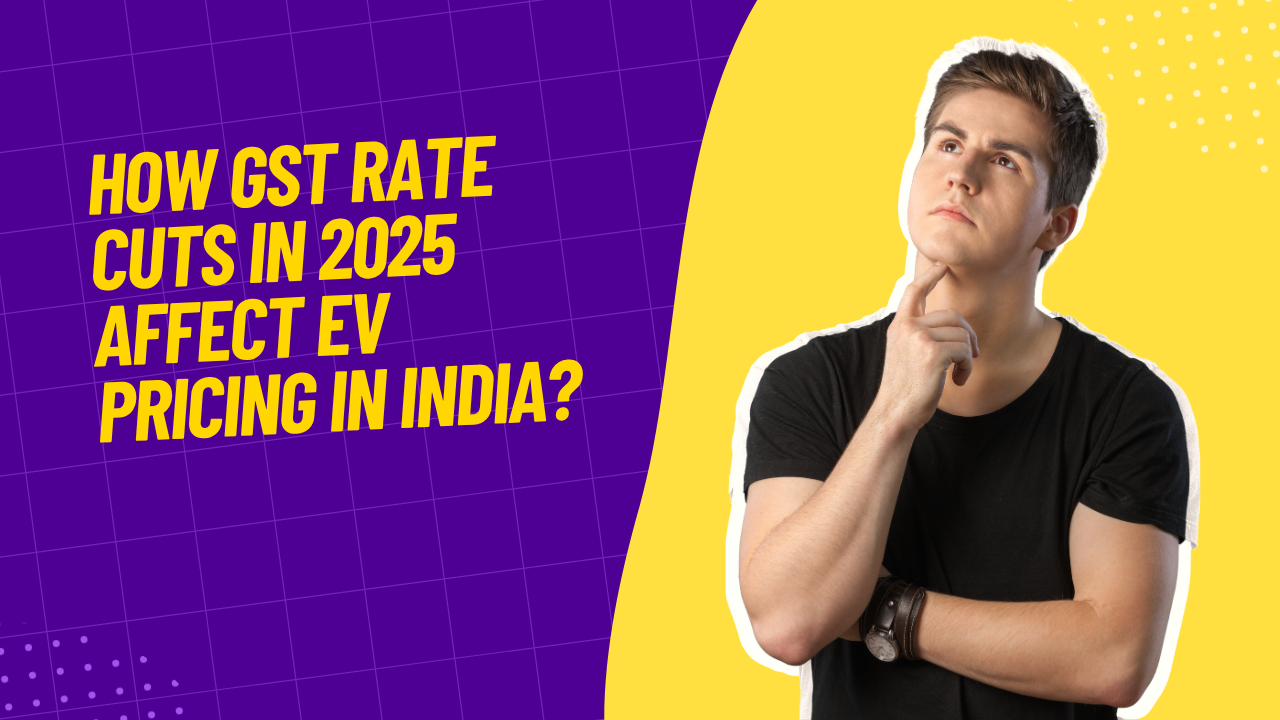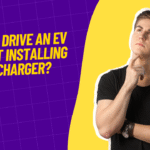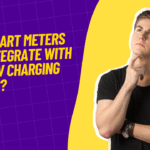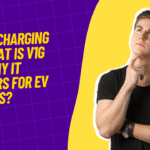In 2025, the Indian government made a bold move by slashing the GST on electric vehicles (EVs) from 12% to 5%. This reduction wasn’t just a financial tweak—it was a significant push toward mass EV adoption and part of India’s broader strategy for sustainable transport. As EV prices continue to be a key barrier for many buyers, the new GST structure is expected to influence buying decisions, manufacturing trends, and policy evolution.
In this article, we will explore how the 2025 GST rate cuts impact EV pricing, break down savings across different segments, and analyze the broader implications for consumers and manufacturers alike.
What Changed with the 2025 GST Cut?
The most significant shift in the 2025 tax reform was the blanket reduction in GST on all electric vehicles—from two-wheelers to four-wheelers and even large commercial EVs. Previously, the GST rate was 12% on EVs, with certain services and battery components taxed at even higher rates. Now, most electric vehicles fall under a simplified 5% GST structure.
The goal was to:
- Reduce the upfront cost of EVs
- Align battery and charging infrastructure taxes
- Boost demand in urban and rural markets
- Support domestic EV manufacturers through input cost relief
How the GST Reduction Impacts EV Prices?
Let’s Break It Down:
GST is a consumption-based tax, and a reduction from 12% to 5% leads to noticeable savings, especially when applied to high-ticket items like electric cars.
Here’s a simple comparison of price impacts:
| EV Price Before GST | With 12% GST (Old) | With 5% GST (2025) | Customer Savings |
|---|---|---|---|
| ₹8,00,000 | ₹8,96,000 | ₹8,40,000 | ₹56,000 |
| ₹12,00,000 | ₹13,44,000 | ₹12,60,000 | ₹84,000 |
| ₹20,00,000 | ₹22,40,000 | ₹21,00,000 | ₹1,40,000 |
These savings make EVs not only more attractive but also more competitive compared to petrol or diesel counterparts.
GST Relief Beyond the Vehicle
While the vehicle itself now enjoys a 5% tax, the 2025 reform also brought relief to other EV-related categories:
- Battery Packs: Previously taxed at varying rates, now more aligned with the vehicle’s GST.
- EV Chargers: Reduced GST encourages infrastructure development.
- Electric Buses and Fleet Vehicles: Full GST exemption in many commercial cases promotes mass adoption in public transport.
- Local Manufacturing Inputs: Manufacturers benefit from rationalized taxes on components, reducing their operational costs.
Who Benefits the Most?
1. Private EV Buyers
Middle-class and first-time car buyers now find EVs more affordable. Combined with state subsidies and FAME III incentives, GST cuts reduce the on-road price substantially.
2. Commercial Fleet Operators
Taxi aggregators and delivery businesses are increasingly turning to EVs. With reduced tax on both vehicles and chargers, the total cost of ownership becomes highly favorable.
3. Two-Wheeler Segment
Electric scooters and bikes already had a growing demand. The GST cut helps push their prices even lower, attracting students and young urban commuters.
4. EV Manufacturers
Lower input costs and reduced tax pressure allow domestic companies to price more competitively and scale up faster.
Impact on Running Costs and Ownership
The GST rate cut doesn’t directly reduce running costs like charging or maintenance, but it does:
- Decrease the vehicle’s EMI due to a lower principal amount
- Reduce insurance premiums (as they’re based on declared vehicle value)
- Make extended warranties and AMC packages more affordable
Also, with battery components and chargers being taxed lower or exempted, long-term maintenance costs are expected to drop gradually.
Complementary Government Measures
The GST cut doesn’t stand alone. It works in harmony with other government initiatives to make EVs more viable in India:
- FAME III Scheme: Offers subsidies of ₹10,000–₹1.5 lakh depending on the vehicle type and battery capacity.
- State EV Policies: Many states provide registration fee waivers, road tax exemptions, and direct purchase incentives.
- Infrastructure Push: Massive investments in public charging networks and incentives for private charging station setups.
Together, these form a holistic ecosystem where the GST cut acts as a major pillar for affordability.
Challenges Ahead
While the GST reform is a welcome move, it’s not without challenges:
1. Inverted Duty Structure
In some cases, manufacturers still pay higher GST on raw materials than on finished products, creating cash flow issues.
2. Tax on EV Spare Parts
Spare parts and servicing often attract 18% or 28% GST. Without rationalization, post-purchase expenses can remain high.
3. Lack of Uniformity
While the GST for EVs is 5%, there’s still some ambiguity in areas like battery swapping, hybrid vehicles, and imported components.
4. Used EV Market
Tax policies on the resale of EVs are still evolving. A higher GST on used EV margins could hurt the secondary market.
Expected Long-Term Effects
- Increased EV Sales Volume
- With prices dropping and awareness rising, EVs are set to take up a greater share of the Indian vehicle market.
- Boost to Local Manufacturing
- Reduced taxes incentivize local production and R&D, especially for batteries and core electronics.
- Cleaner Urban Mobility
- As more consumers shift to EVs, pollution in major cities is expected to decline over time.
- Attracting Global Investments
- A simplified and business-friendly tax regime makes India more attractive to global EV giants looking to set up factories or R&D centers.
FAQs – Frequently Asked Questions
Q1. What is the GST rate on electric vehicles in India as of 2025?
As of 2025, the GST rate on electric vehicles is 5%, reduced from the earlier 12%.
Q2. Are EV batteries also taxed at 5%?
Yes, most EV batteries are now aligned with the vehicle’s GST rate to avoid pricing inconsistencies.
Q3. Will the GST cut reduce the on-road price of an EV?
Absolutely. The cut leads to thousands of rupees in savings depending on the vehicle’s price and segment.
Q4. Are electric chargers also covered under the 5% GST rule?
Yes, many EV chargers now come under reduced GST, making it cheaper to install home or commercial charging stations.
Q5. Is this GST reduction permanent?
There is no timeline mentioned for reversal, but such reductions typically remain in place to support long-term policy goals.
Q6. Does the GST rate cut affect petrol or diesel vehicles too?
No, this tax cut is specifically for battery-operated electric vehicles. ICE vehicles continue to attract 28% GST plus additional cess.
Q7. Can I combine GST savings with state subsidies and FAME III incentives?
Yes. These benefits are stackable, offering maximum cost relief to buyers.
Conclusion
The 2025 GST rate cut on electric vehicles is more than just a tax revision—it’s a strategic nudge toward a greener, cleaner, and more sustainable future. By reducing upfront costs and improving accessibility, it accelerates India’s EV journey. Whether you’re a buyer, a business, or a manufacturer, the lowered GST rates are bound to make a positive impact.
However, to truly unlock the EV market’s potential, complementary reforms in spare part taxation, input duty rationalization, and clarity on hybrid policies are essential. Still, the foundation has been set. India is moving full throttle towards electric mobility—and the 5% GST rate is the spark that’s lighting the road ahead.










